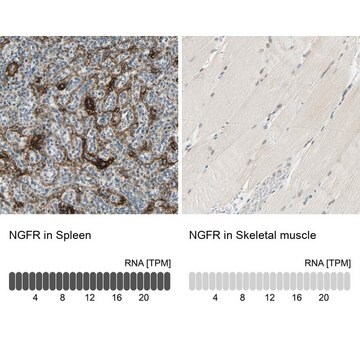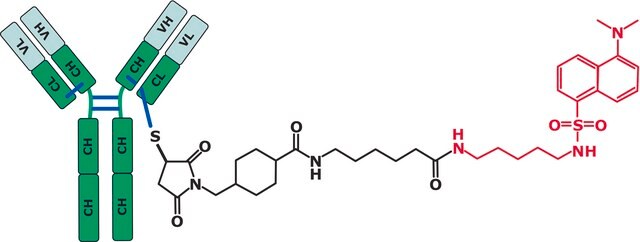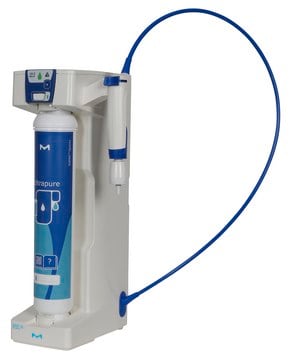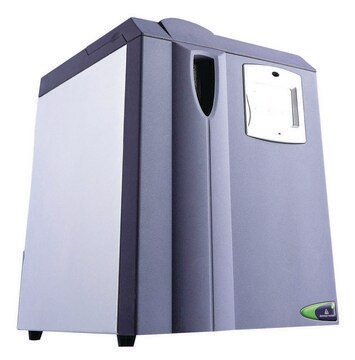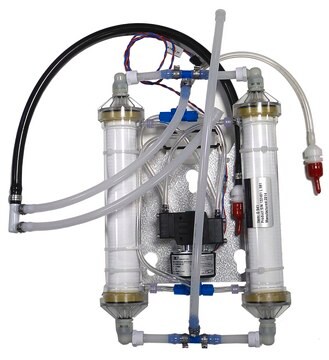MABN310
Anti-G-protein coupled receptor 56 (GPR56) Antibody, clone H11
clone H11, from mouse
Sinonimo/i:
G protein-coupled receptor 56, 7-transmembrane protein with no EGF-like N-terminal domains-1, Protein TM7XN1, G-protein coupled receptor 56
About This Item
Prodotti consigliati
Origine biologica
mouse
Livello qualitativo
Forma dell’anticorpo
purified antibody
Tipo di anticorpo
primary antibodies
Clone
H11, monoclonal
Reattività contro le specie
mouse
Reattività contro le specie (prevista in base all’omologia)
human (based on 100% sequence homology)
tecniche
immunocytochemistry: suitable
immunohistochemistry: suitable
western blot: suitable
Isotipo
IgG1κ
N° accesso NCBI
N° accesso UniProt
Condizioni di spedizione
wet ice
modifica post-traduzionali bersaglio
unmodified
Informazioni sul gene
human ... GPR56(9289)
Descrizione generale
Immunogeno
Applicazioni
Immunocytochemistry Analysis: A representative lot was used by an independent laboratory in meningeal fibroblasts (MFs). (Luo, R., et al. (2011). Proc Natl Acad Sci U S A. 108(31):12925-12930.)
Neuroscience
Adhesion (CAMs)
Qualità
Western Blot Analysis: 0.5 μg/mL of this antibody detected G-protein coupled receptor 56 in 10 µg of brain tissue lysate from E13-E14 mouse.
Descrizione del bersaglio
Stato fisico
Stoccaggio e stabilità
Risultati analitici
Brain tissue lysate from E13-E14 mouse
Altre note
Esclusione di responsabilità
Non trovi il prodotto giusto?
Prova il nostro Motore di ricerca dei prodotti.
Codice della classe di stoccaggio
12 - Non Combustible Liquids
Classe di pericolosità dell'acqua (WGK)
WGK 1
Punto d’infiammabilità (°F)
Not applicable
Punto d’infiammabilità (°C)
Not applicable
Certificati d'analisi (COA)
Cerca il Certificati d'analisi (COA) digitando il numero di lotto/batch corrispondente. I numeri di lotto o di batch sono stampati sull'etichetta dei prodotti dopo la parola ‘Lotto’ o ‘Batch’.
Possiedi già questo prodotto?
I documenti relativi ai prodotti acquistati recentemente sono disponibili nell’Archivio dei documenti.
Il team dei nostri ricercatori vanta grande esperienza in tutte le aree della ricerca quali Life Science, scienza dei materiali, sintesi chimica, cromatografia, discipline analitiche, ecc..
Contatta l'Assistenza Tecnica.
